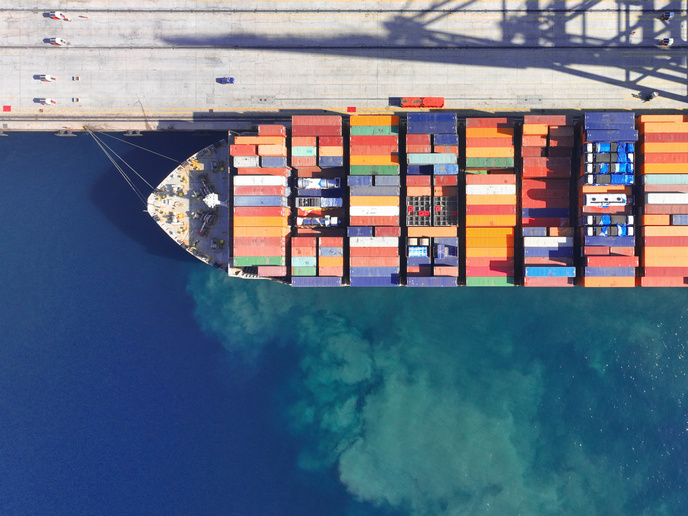Electrifying marine vessels to reduce emissions
Waterborne transport is responsible for 77 %(opens in new window) of Europe’s external trade, and 35 % of the trade happening between EU Member States. At the same time, the sector is responsible for 13.5 % of all transport-related greenhouse gas emissions in Europe. “Shipping is essential to the functioning of the global economy,” says SEABAT(opens in new window) project coordinator Jeroen Stuyts from Flanders Make(opens in new window) in Belgium. “There is maritime shipping that transports goods all over the world, as well as waterborne transport inside harbours and through inland waterways. Whatever form of waterborne transport though, everyone agrees that emissions of the sector as a whole must come down.”
Reducing maritime transport emissions
The EU-funded SEABAT project set out to address this challenge by assessing the applicability of using batteries to electrify marine vessels and thus reduce emissions. “There are lots of potential ways of reducing maritime transport emissions,” adds Stuyts. “All these solutions will be needed given the breadth and diversity of the sector. But in this project, we focused on electrification.” The Flanders region in northern Belgium is a leader in battery technology, with a number of innovative companies as well as cutting-edge research institutions. “This is where ideas for this project started bubbling,” explains Stuyts. “This project brought together the entire value chain to produce a solution.” The project team included key industry and research players from Norway to Italy and included technology providers as well as shipping operators. “From the beginning we tried to understand the challenges by talking to shipowners and everyone along the value chain,” notes Stuyts. “One aim was to understand pricing in order to put forward a business case.”
Highly modular battery design
In terms of technology, the project narrowed down their ideas until they had one prototype battery system to develop. This prototype is highly modular and designed to address a wide range of shipping options. “The battery system is made up of small building blocks that operators can stack and scale to suit their ship’s needs,” explains Stuyts. “These building blocks can be used flexibly.” This prototype was tested in France and then used by different project partners for different purposes all across Europe. “The system is by no means perfect, but we were able to show that it works,” says Stuyts.
In line with global regulatory objectives
Stuyts hopes that next steps will include a follow-up project, enabling the consortium to finalise the technology and bring it into shipping fleets. “We have plenty of ideas of how the current concept could be improved,” he remarks. This work is very much in line with global regulatory objectives. In its revised 2023 strategy for example, the International Maritime Organization(opens in new window) set out a goal of net zero emissions from ships ‘by or around, i.e. close to, 2050’. Another interesting element of the project is that it could have implications beyond the shipping sector. Battery technology for example is a huge research area for the automotive industry. “In addition to talking with partners in the marine space, we are also looking into the potential for heavy-duty trucks and agricultural vehicles,” adds Stuyts. The SEABAT project is helping to ensure that the future of widespread marine electrification is no longer a distant goal – it’s happening now.




